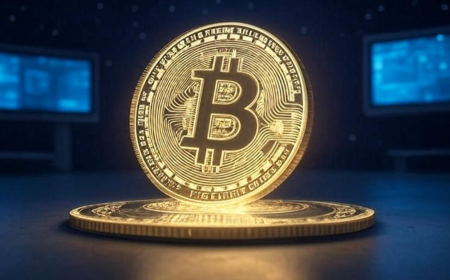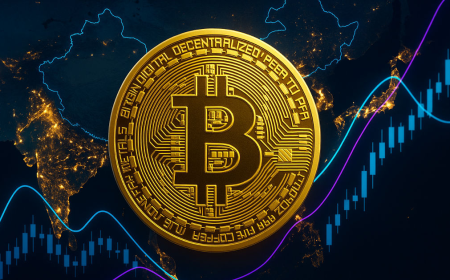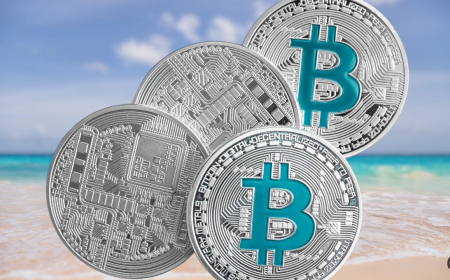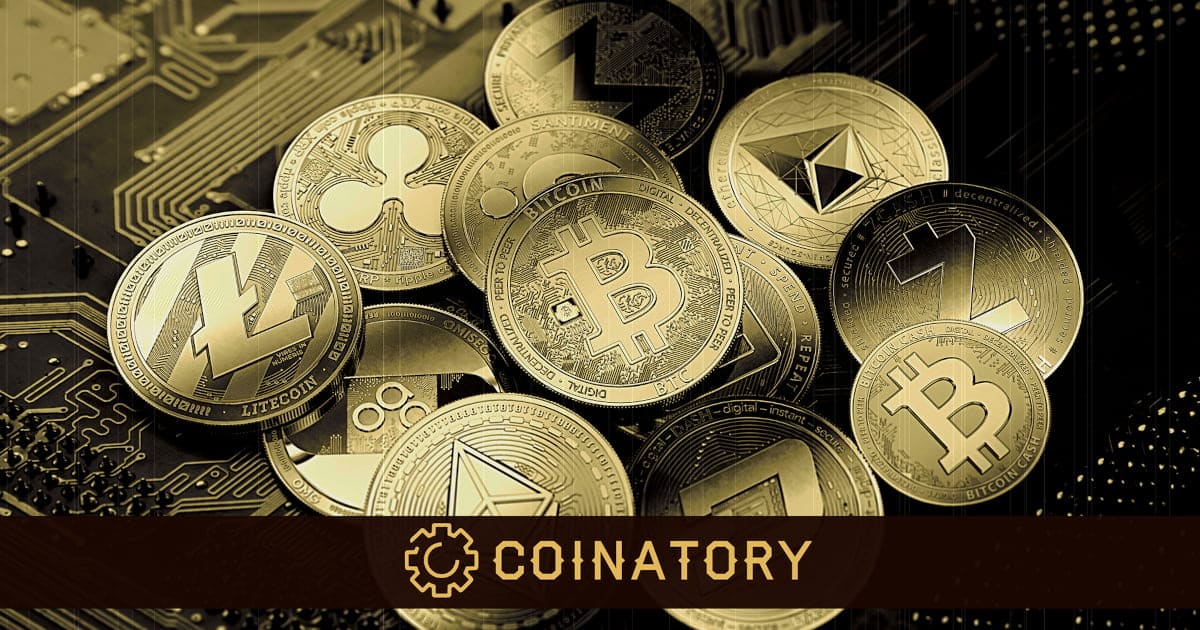Dollar is having so much fun right now – And the catalyst?
The dollar has been tearing up the charts, notching its most impressive weekly performance since the jarring days of 2022. A fresh batch of U.S. inflation data has sent waves across global financial markets, starting a rally that has investors rethinking their strategies. Just this week, the insufferable U.S. currency has surged 1.7% against a […]
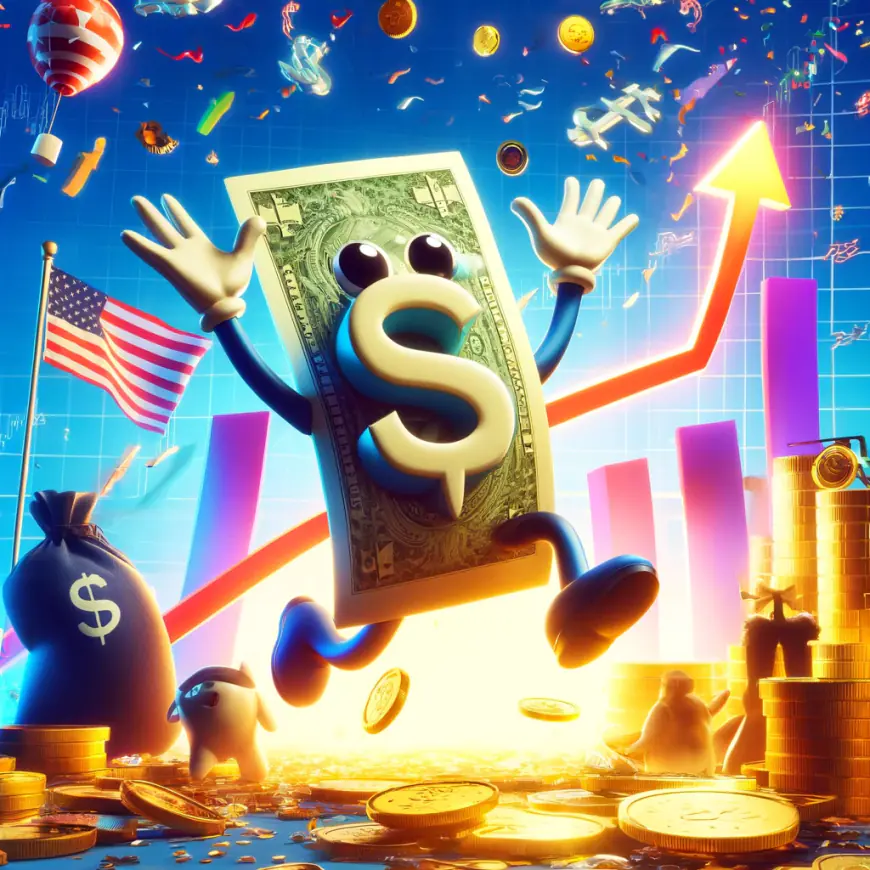
The dollar has been tearing up the charts, notching its most impressive weekly performance since the jarring days of 2022. A fresh batch of U.S. inflation data has sent waves across global financial markets, starting a rally that has investors rethinking their strategies.
Just this week, the insufferable U.S. currency has surged 1.7% against a basket of major currencies, marking its strongest surge in well over a year. This unexpected twist comes as traders rapidly pull back from their earlier bets on imminent interest rate cuts by the Federal Reserve.
The Rising Strength of the Dollar
From the euro to the sterling, major currencies are feeling the heat.
The euro and sterling plummeted to their lowest points against the dollar since last November, landing at $1.0642 and $1.245 respectively. Meanwhile, the yen, which took a nosedive to a 34-year low, managed a slight recovery to ¥153.28. Over in the UK, the sterling’s tumble actually did stocks a favor, helping the FTSE 100 nudge closer to a record finish due to its dollar-earning companies.

The shifting sands of U.S. fiscal looseness paired with tightening monetary policies are concocting a potent mix for dollar dominance. U.S. consumer price inflation, which hit an unexpected high of 3.5% in March, has led traders to slash their rate cut bets to as few as one this year from a January prediction of up to six. Even the European Central Bank couldn’t escape the ripple effect, signaling possible rate cuts by June amidst mounting pressure on the euro.
As the dollar climbed to a fresh high above 105.50 on the US Dollar Index in the European session on Friday, the currency also benefited from hawkish sentiments expressed by Federal Reserve officials. The escalating geopolitical tensions, particularly between Iran and Israel, has [unfortunately] solidified the dollar’s role as a safe haven during uncertain times.
A Tricky Global Financial Interplay
Central banks around the world are caught in a tricky balancing act right now.
While the ECB is poised to reduce rates possibly thrice by year-end, the Bank of England might opt for two cuts, with the Fed expected to make only one or two adjustments. This divergence in central bank policies is widening the policy gap, particularly affecting the Japanese yen, which remains under threat of intervention due to its weakened state.
On the other hand, Sweden’s Riksbank is eyeing a potential rate cut as soon as May after reporting lower-than-expected inflation figures. Yet, the broader narrative is complicated by surging oil prices, with Brent crude topping $92 a barrel for the first time since October amidst growing concerns over Middle East tensions.
Central banks are wary of weakening their currencies too much. A weaker currency could mean importing more inflation, as explained by market experts. This caution is evident across the board, as countries navigate the delicate dance of rate adjustments without destabilizing their economic foundations.
Meanwhile, mixed macroeconomic signals from the U.S. have made it challenging for the dollar to capitalize on the initial surge prompted by robust inflation figures. Still, the underlying sentiment remains cautiously optimistic as the safe-haven currency holds its ground amidst a tumultuous global backdrop.
What's Your Reaction?












